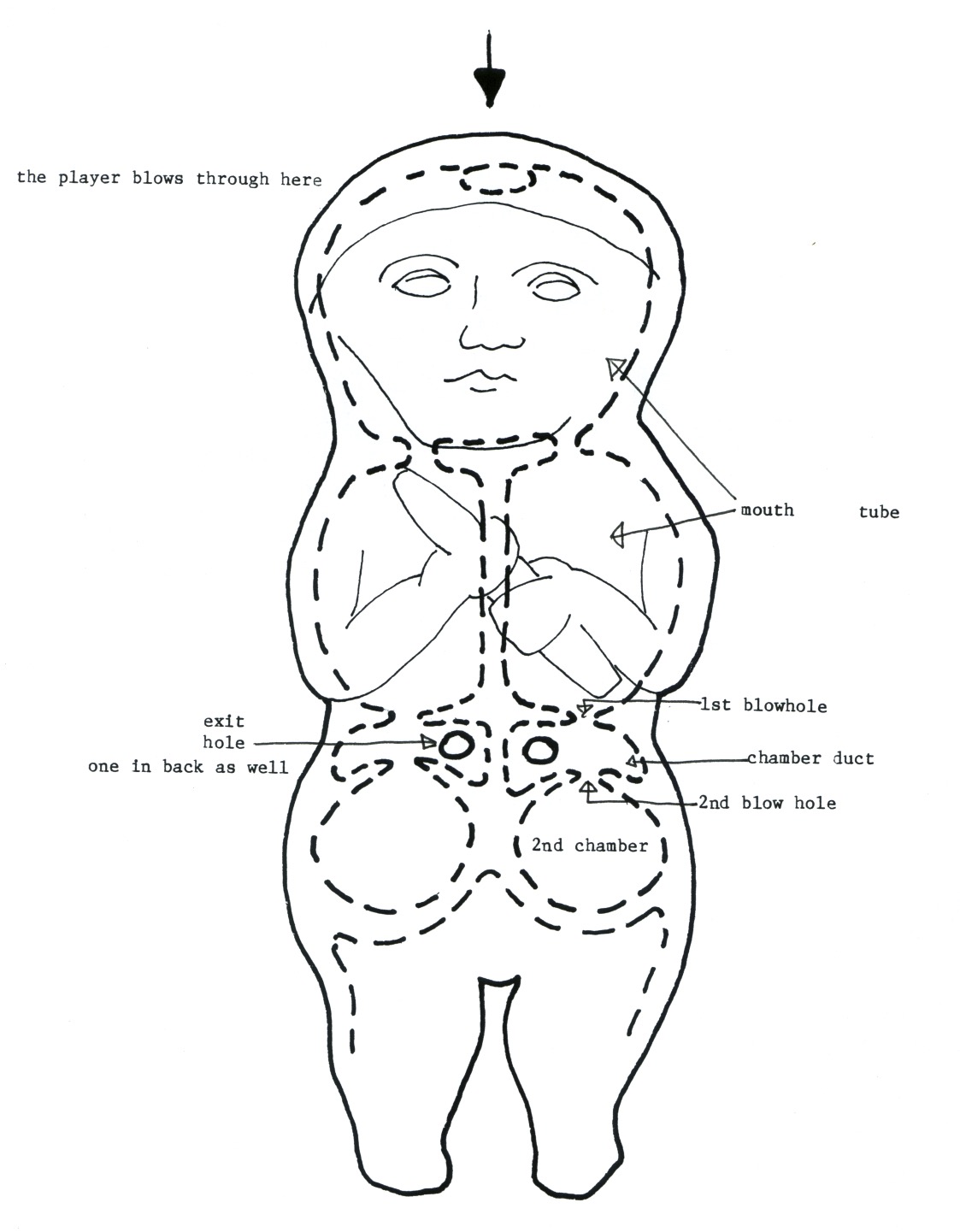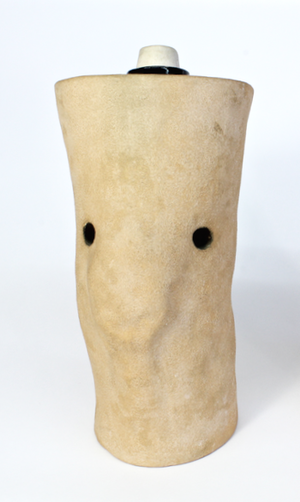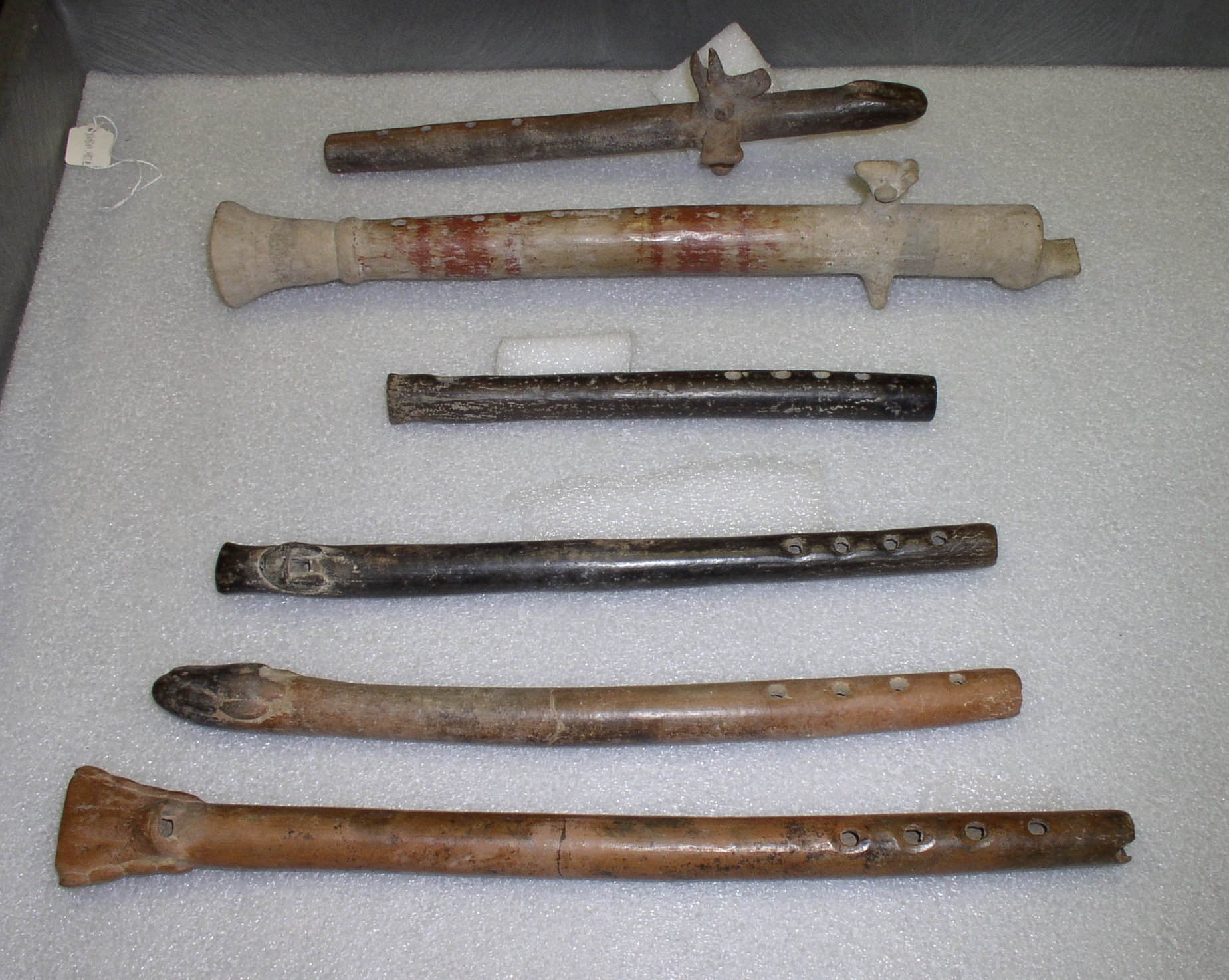Musical Repercussions of 1492, 1992, Smithsonian Institution Press; Experimental Musical Instruments, Vol. VIII #2, cassette #VIII; National Council on Education in the Ceramic Arts Journal Vol. 14, 1993-4
Over a span of 30 centuries, Mesoamerican Pre-Hispanic societies developed a unique flute organology. They made flutes, pipes, ocarinas and whistles in a great diversity of form, timbre, and tunings. As an artist-musician for about 25 years, I have been making ceramic flutes and sound sculptures, many of which were inspired by my explorations into these ancient and wonderful wind instruments. Because I wanted to build a better flute, I studied the patterns to be found in both the ancient and my own flutes. The laws of acoustics dictate the range of possibilities for instrument construction within which design decisions are made according to cultural and individual preferences. Some instruments are dissected to illustrate choices made by their creators in order to produce particular sounds. Many of the most complex and time consuming innovations of the Pre-Hispanic artisans resulted in instruments of restricted pitch but rich timbre.
Pictured above: This sculpture of my knee uses the same internal structures as the ancient chamber duct flute above. More chamber duct flutes or howlers can be found in the gallery. Their timbre depends on their construction.





